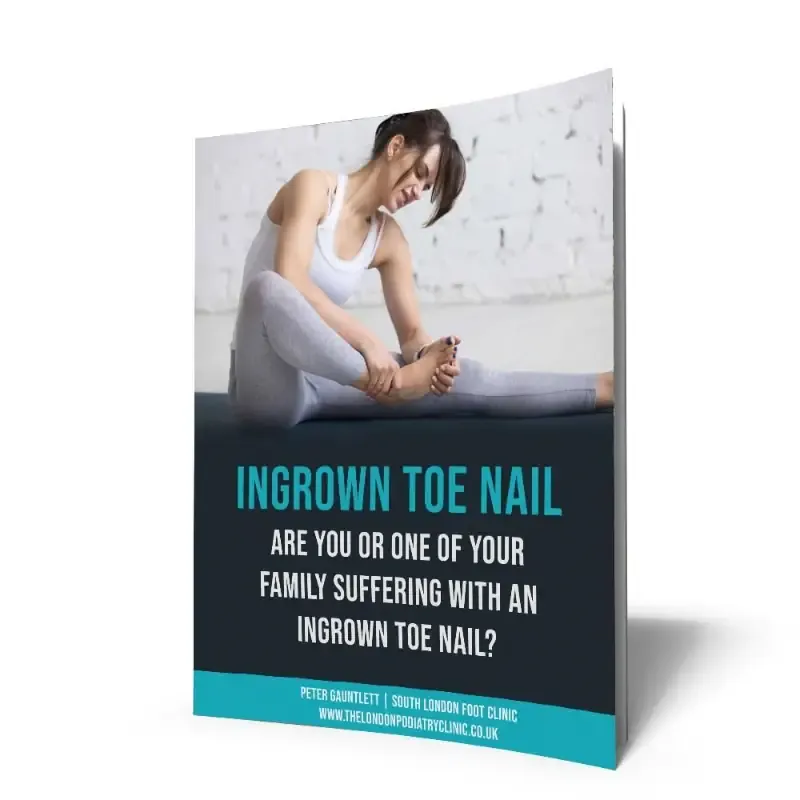Walking With The Best Type Of Shoes
Oct 31, 2021
Walking For Fitness, Health and Well-Being
Walking is one of the best forms of activity you can do for your mental and physical health. Being out among greenery, trees and plants reduces stress levels and improves mood, studies have shown.
Physically, joints and muscles get strengthened as well as the benefit of improved cardiovascular – heart and lung- health.
However, wearing the right type of footwear during your walks is important. We have become increasingly demanding of what our shoes should provide for us.
Now, it’s not only comfort but support to reduce injuries, waterproofing to keep our feet dry, a lighter weight for improved performance and that they look smart and with the latest fashion. No wonder we sometimes struggle to find the best shoes for our feet.
Bad Shoes = Long Term Discomfort
As podiatrists in South London, we see foot problems brought on by poor footwear daily. The most common problem is a shoe/boot that is too narrow. Taking the insole out of your walking shoes and standing on them will tell you if they are the right fit or not.
There are so many types of walking shoes these days, but the main point is to get a shoe that is fit for purpose…. Wearing a mountain boot made for crampons or ice climbing for a short stroll in the park can be uncomfortable.
An ‘approach shoe’ is a shoe that originally was made for climbers to get to the area where they could do their rock climbing. These are stable, stiff-soled but below ankle shoes. Some of these come with shoes with gore-tex with full waterproofing capabilities. These types of shoes can be good for anything from walking in the park to going for a day out in the forest or gentle hill walking.
The best approach shoes will have Vibram soles, stiffened soles that protect your feet from slipping and uneven surfaces. A good lacing system and a waterproof upper will keep your feet from sliding inside the shoe and stop your feet from getting wet. A link to good approach shoes can be found here CLICK HERE
You can improve the versatility of an approach shoe by wearing gaiters. These are a waterproof ‘sock’ that sits over the top of the shoe and can reach up to the knees. You should keep dry when walking through a shallow stream with these.
Choosing Mountain boots
should be used for more advanced hill walking, with rugged terrains, or if you have ankle instability already. The mountain boot comes up over the ankle and helps provide stability reducing the risk of spraining your ankle while walking over rocks and rough terrain.
The grip of the sole is also affected by the type of rubber used; real rubber has more grip, but is less durable, so a mixed rubber sole is best for both durability and grip. The tread will also play a part in the amount of grip you have.
Mountain Boot Grading
Mountain boots come with a grading system, for those who didn’t know this. They start at B0 up to B3. A B0 is a standard walking boot with a flexible sole and upper. It’s a 3 season boot that should be used below the snowline. You won’t be able to wear these with crampons.
- B1 is an all-round 4 season walking boot. They are made with long mountain walks in mind. You can use these with a crampon, but only strap-on crampons for winter fell walking.
- B2 is for the summer alpine walker and Scottish winter climber. There is enough flexibility for walking and there is more insulation than with the B1, meaning your tootsies stay warm in the winter. B2 boots have a heel ledge that allows a more stable crampon application, and a C2 crampon that is more stable and allows for increased stability if climbing.
- B3 – these are full-on mountaineering boots, all season for ice climbing and high altitude climbing. They are generally too stiff for normal ‘heel-to-toe walking’, unless walking on snow and ice, and not suitable for anything other than winter hiking. They have full-on crampon ability, however.
Leather or synthetic Mountain Boots?
This is a matter of preference really. Synthetic shoes can be both durable, lightweight and breathable. Some people prefer leather as a matter of tradition and claim their improved durability. In terms of the environment, leather is better and less damaging as there are chemicals involved in the manufacturing of synthetic boots.
What shoe size for my Mountain Boots?
It’s generally advised to choose one shoe size bigger than normal to allow for two pairs of socks, or a thin inner sock and a thicker outer layer sock. This will improve insulation and reduce blistering.
Where Should I Buy From?
It is best to go to a specialist retailer that can give you the best advice on the type of shoe and fitting. You can ask the podiatrist for more information on this.
Please call us by clicking below:
... or book online at www.southlondonfootclinic.co.uk


